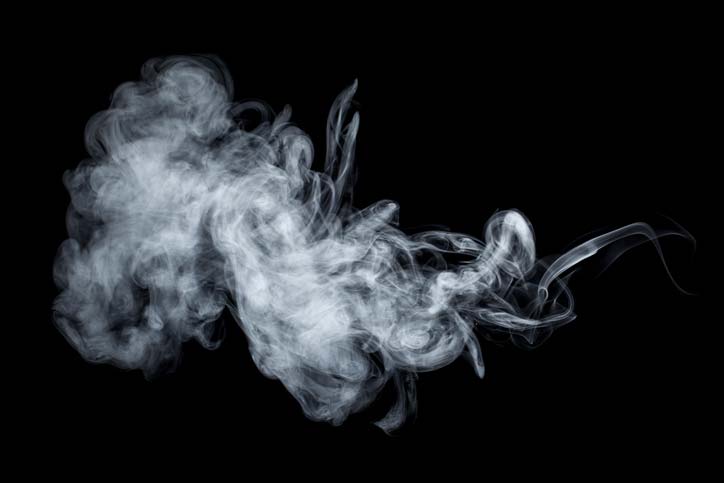Severe burns and injuries from e-cigarettes are vastly under-reported, according to a new report by doctors at the North Carolina Jaycee Burn Center at UNC Hospitals in Chapel Hill, NC. The editorial, Burns from e-cigarettes and other electronic nicotine delivery systems, appears in the September 23 issue of The British Medical Journal.
“We know that this is a big problem at burn centers across the United States,” said Clare Meernik, MPH, research specialist in the UNC Tobacco Prevention and Evaluation Program and the editorial’s lead author. “We think these explosions are happening to a greater extent than the current medical literature suggests.”
For example, a 2014 report by the National Fire Protection Association identified 25 incidents of e-cigarette fires and explosions nationwide between 2009 and 2014 with injuries occurring in just 10 of them -an average of two injuries per year. Yet, in the first six months of 2016, 10 people were admitted for treatment at the North Carolina Jaycee Burn Center for injuries from E-cigarettes almost all of whom required surgery. Some of them had burns and facial fractures, one of them, whose device exploded in his face as he puffed on it, lost an eye.
As the e-cigarette or vaping industry grows (the Centers for Disease Control and Prevention estimates more than 9 million people in the United States use e-cigarettes), so do the injuries. It’s likely that hundreds of these injuries are flying under the radar each year, the authors suggest. One problem? There is no national system physicians can use to code injuries related to e-cigarettes.
“We need a better surveillance system so we can begin to grasp the gravity of burn injuries in the United States and around the world,” said Felicia Williams, MD, assistant professor of surgery at the UNC School of Medicine, member of the North Carolina Jaycee Burn Center, and co-author of the editorial. “We need to better document the scope of burn injuries in the medical literature and help physicians to be better prepared to treat patients with these particular kinds of burns and facial fractures.”
And the injuries are serious, Williams notes. “There’s a flame component to the burn injury, but there’s also a chemical component,” she said. “We fear that trauma centers may not be aware of the severe nature of these burns. Patients need optimal long-term management to ensure wound-healing occurs from both components.”
Earlier this year, the FDA began to regulate liquids used in e-cigarettes. The UNC authors suggest the agency expand its regulatory authority to include the design and manufacturing processes of devices themselves. “There are thousands of brands and hundreds of manufacturers of these devices; we feel that mandatory oversight and industry-wide standards are long overdue,” Williams said.
